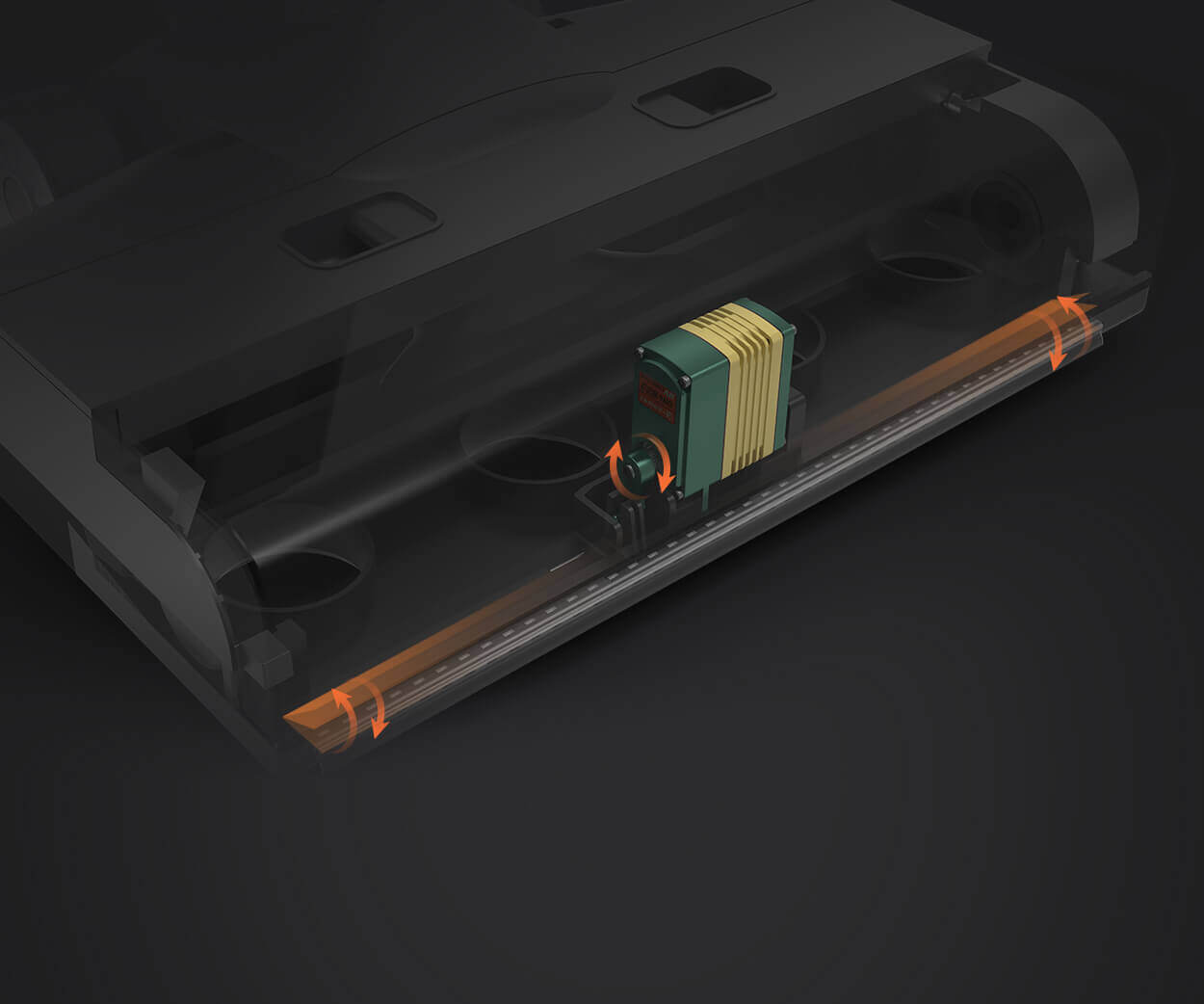Ever wondered what really makes a drone soar? It’s not just the sleek design or the high-res camera—it all boils down to the motors powering those buzzing machines. When you think about it, motors are like the heart of a drone, keeping it alive and kicking in the sky.

So, what kinds of motors are commonly used in drones? The answer is simple but fascinating. Brushless motors, often called BLDC motors, dominate the scene. These motors are a game-changer because they’re super efficient, generate less heat, and run like a dream for extended flights. It’s not surprising that most advanced consumer and professional drones opt for brushless setups. They’re tough, reliable, and can spin at insane speeds—think thousands of revolutions per minute—without breaking a sweat.
But then, why are brushless motors so popular? One reason is durability. Unlike brushed motors that rely on brushes and commutators, BLDC motors eliminate those parts. No wear and tear on brushes mean longer-lasting motors. Plus, they’re easier to maintain. Imagine a drone that keeps flying through windstorms or long shooting sessions without losing power—that’s where brushless motors shine.
A typical drone motor isn’t a one-size-fits-all component. The choice depends on what the drone is meant for. Racing drones? They need motors capable of rapid acceleration and high RPMs. Camera drones? They favor motors that deliver smooth and stable power without excessive noise. For larger industrial drones, the motors have to handle more weight while still staying efficient.
Ever thought about what sets a high-quality drone motor apart? Take cooling systems, for example. Some motors have dedicated vents or even water cooling options to keep temperatures down on longer flights. Others use rare-earth magnets that provide stronger magnetic fields, making them more powerful without increasing size. It’s like putting a turbo boost in a tiny engine—you get more punch without extra bulk.
It’s not just about the motor itself. Power electronics also matter. Quality ESCs (Electronic Speed Controllers) work with the motors to deliver precise control, allowing for smooth takeoffs and stable hovering. When you’re racing or capturing cinematic shots, responsiveness is everything.
For someone diving into drones, understanding what motor type fits their needs isn’t complicated once you see the bigger picture. Smaller, lightweight drones often use brushed motors because they’re cheaper and simpler, but they won’t give you the same performance and longevity. Larger or more professional systems need the robustness and efficiency of brushless motors.
Looking for something that balances power and endurance? Think about what the drone will do most. Want high-speed racing? Opt for a motor with high KV rating—that’s the RPM per volt. Need long-distance flights? Then, focus on motors with lower KV and better thermal management.
Motor technology is constantly evolving. Even now, engineers are experimenting with hybrid designs and new magnetic materials—pushing what’s possible in drone flying. Each new innovation helps drones go further, faster, and more reliably.
Whether you're into capturing stunning aerial shots or racing at breakneck speeds, knowing what motors are used in drones helps you make smarter choices. It’s like knowing what’s inside a car engine—you get why it performs the way it does. Keep an eye on the motor specs, and you'll grasp a lot about what makes a drone tick. The sky’s the limit because those tiny motors are the real champions of drone adventures.
Established in 2005, Kpower has been dedicated to a professional compact motion unit manufacturer, headquartered in Dongguan, Guangdong Province, China.




































